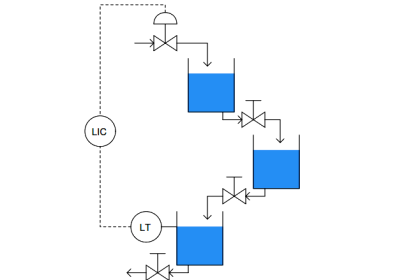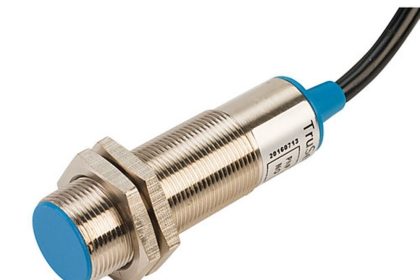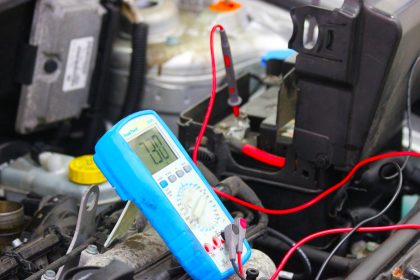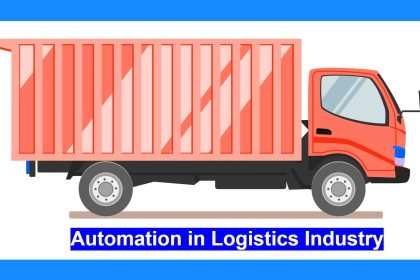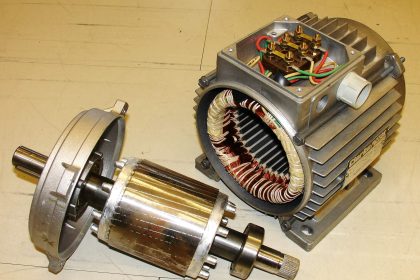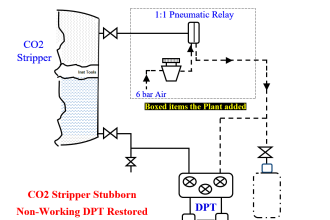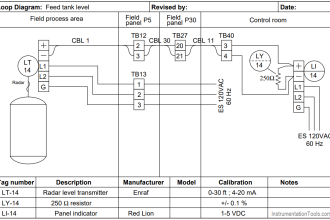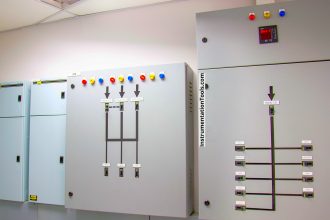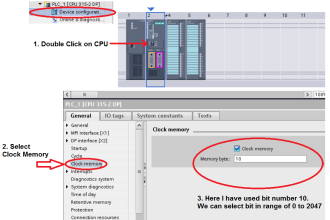In instruments and devices used in industrial automation, we have seen how compressed air plays a very important role. They power the pneumatic devices and allow them to operate through PLC or manual control. But, the air which is used for such devices are required to be fully dry. If moisture is present in the air, then it can damage the instruments. To measure this, a factor called dew point is considered. In this post, we will see the concept of dew point in instrument air.
What is the dew point of compressed air?
Air has the quality to hold water till the condensation point. This means, if the temperature of the air is above this point, then water can be sustained in the air. But, if it goes below that point, then the air will not hold water and start to become dry. Simply, see why you feel humid in wet air and feel dry in cold air. That means, if the temperature of the air is brought below this condensation point, then it will remain dry. This point is called the dew point.
A dew point is defined as the point temperature at which the air can hold a maximum amount of water, below which it will start to evaporate. Above this point, if you start to add water vapour, then it will condense again and convert to liquid form in the form of moisture. In terms of general use, there are two types of dew points to consider – atmospheric and pressure.
Atmospheric dew point deals with ambient air outside, and pressure dew point deals with compressed air which is generated by an air compressor. In instruments, compressed air is used and so, industrial applications deal with pressure dew point.
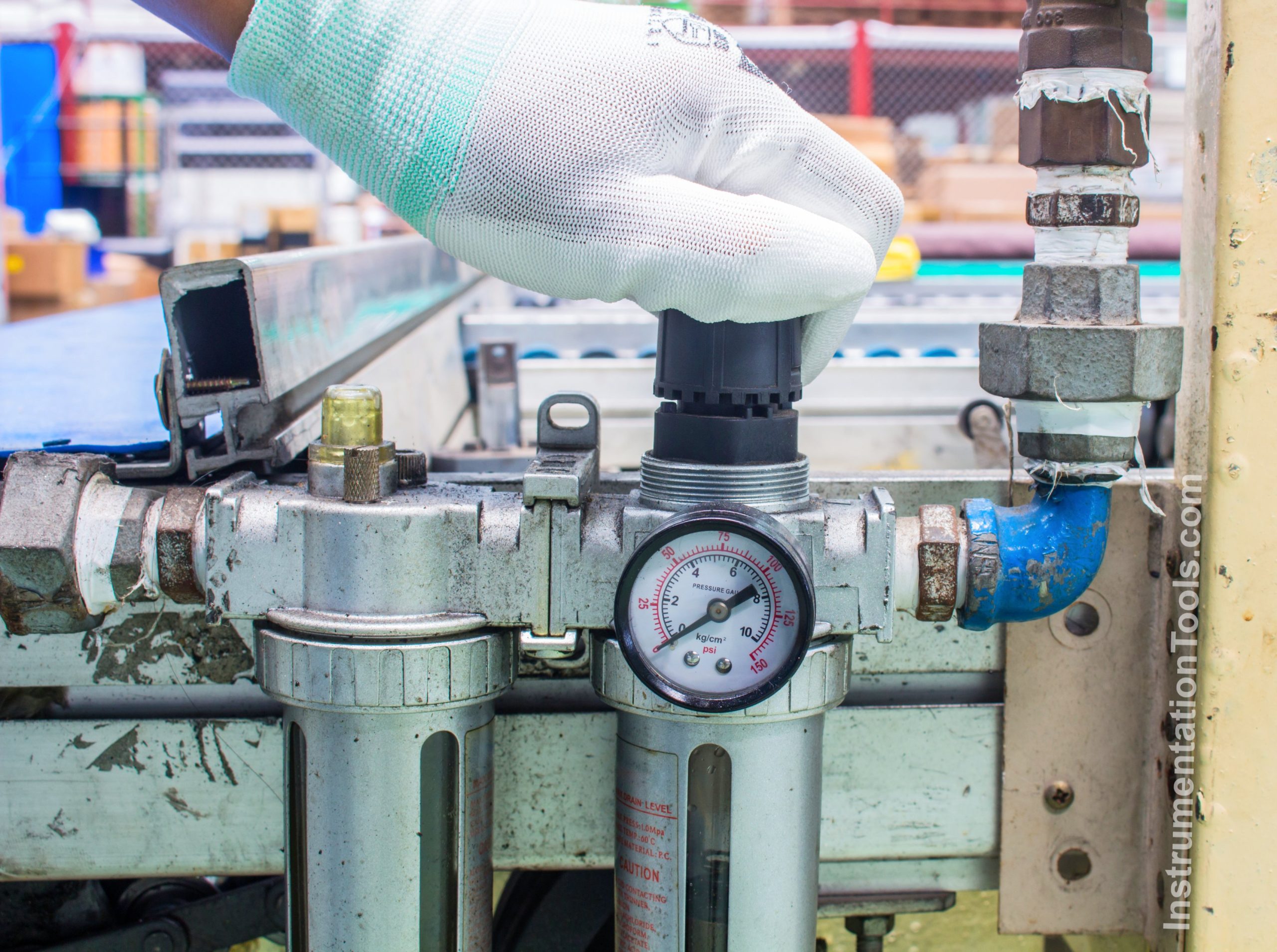
Why is dew point measurement important?
Let us see the points to be considered for important dew points:
- Moist air can corrode industrial pipelines, and after a certain lifetime, it will get damaged.
- Rust can occur due to humid air present inside the instruments, which is hazardous for machine functioning.
- Wet air tends to stick dust, dirt, and other impurities to itself more easily. Due to this, the instruments will get even more damaged.
- If wet air passes through electrical circuits, it can result in short circuits and damage to the components inside.
- Pneumatic instruments will undergo blocked nozzles, defective control elements, and contamination due to the presence of water.
- If the process is critical like food and beverage, then the presence of even a slightest amount of water in the product will damage it.
How to measure dew point?
Dew point is measured through dew point sensors. They are installed in a pipeline and the signal is then fed to controllers for accurate measurement. As per ISO standards, the maximum allowable dew point temperature must be measured for compressed air. The sensor will give readings to the controller and the controller needs to ensure that this value is below the setpoint, for starting any further operation (which means that the air is now dry for operation).
These sensors are sometimes not suitable for low-pressure dew points or high-pressure dew points, so select the correct one according to your requirements. Choose the sensor that fits both requirements. The sensor usually has an accuracy of +/- 2 deg.C. Another way to measure the dew point is using a device called a hygrometer.
How to reduce dew point in pressurized air?
Compressed air dew point is reduced by an equipment called a dryer. Let us understand the flow first – a compressor will compress the air and increase its pressure; after that, a device called a dryer is installed. A dryer will remove the moisture content of the air and make it go below the dew point. Now, this is the point where the dew point sensor is installed (after the dryer).
There are two types of dryers – desiccant and membrane (refrigerant).
Desiccant dryers (can go to -100 deg.C) provide more dew point flexibility than refrigerant dryers (can go to -5 deg.C). Before the dryer, a filter is also used to remove unwanted particles from the air. But note that a filter cannot be used to dry the air, as it is not that capable of absorbing water particles and reducing the dew point.
In this way, we saw the concept of dew point in instrument air.
Read Next:
- Quick Exhaust Valves
- Calculations of Instrument Air
- Solenoid and Motorized Valves
- Instrumentation QA QC Questions
- Engineering Documents Questions
